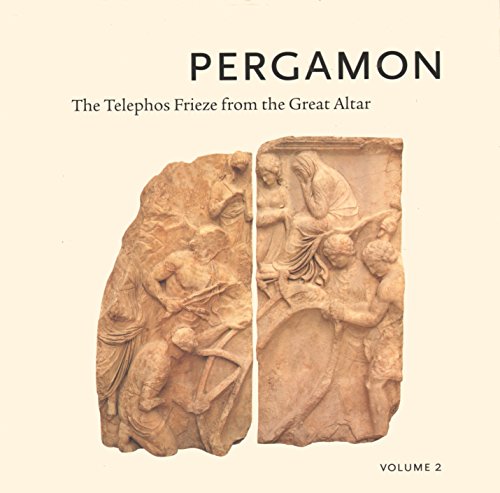Pergamon was an ancient royal capital in what is now Turkey. To proclaim the city's importance, its Hellenistic kings built a Great Altar--a massive stone podium about one hundred feet long and thirty-five feet high. The story of Telephos, the mythical son of Herakles and the Greek princess Auge, whose lineage the kings wanted to claim for themselves, surrounded the sacrificial altar. These two volumes of essays by classicists and art historians were compiled to accompany an exhibition of the Telephos frieze at the Fine Arts Museums of San Francisco and the Metropolitan Museum of Art. Volume one treats the scholarly efforts to interpret correctly the fragments of the frieze, since its discovery by German archaeologists in the late nineteenth century. Color photographs illustrate twelve marble panels from the frieze, which the contributors treat as the first known instance of continuous narrative in sculpture. Volume two provides essential information for Hellenistic scholars, as well as conservators. It presents the latest research in English on the frieze, with detailed discussions of the art, architecture, and coinage of Pergamon, the dating and significance of the frieze, and its restoration history. Also included are over two hundred detailed black-and-white drawings and photographs, a foldout topographical plan of the site, a scale model of the Pergamon Altar, and a stunning foldout drawing of the Telephos frieze itself.
- ISBN10 0884010910
- ISBN13 9780884010913
- Publish Date 1 June 1997
- Publish Status Out of Print
- Out of Print 4 March 2008
- Publish Country US
- Imprint University of Texas Press
- Format Paperback
- Pages 188
- Language English
